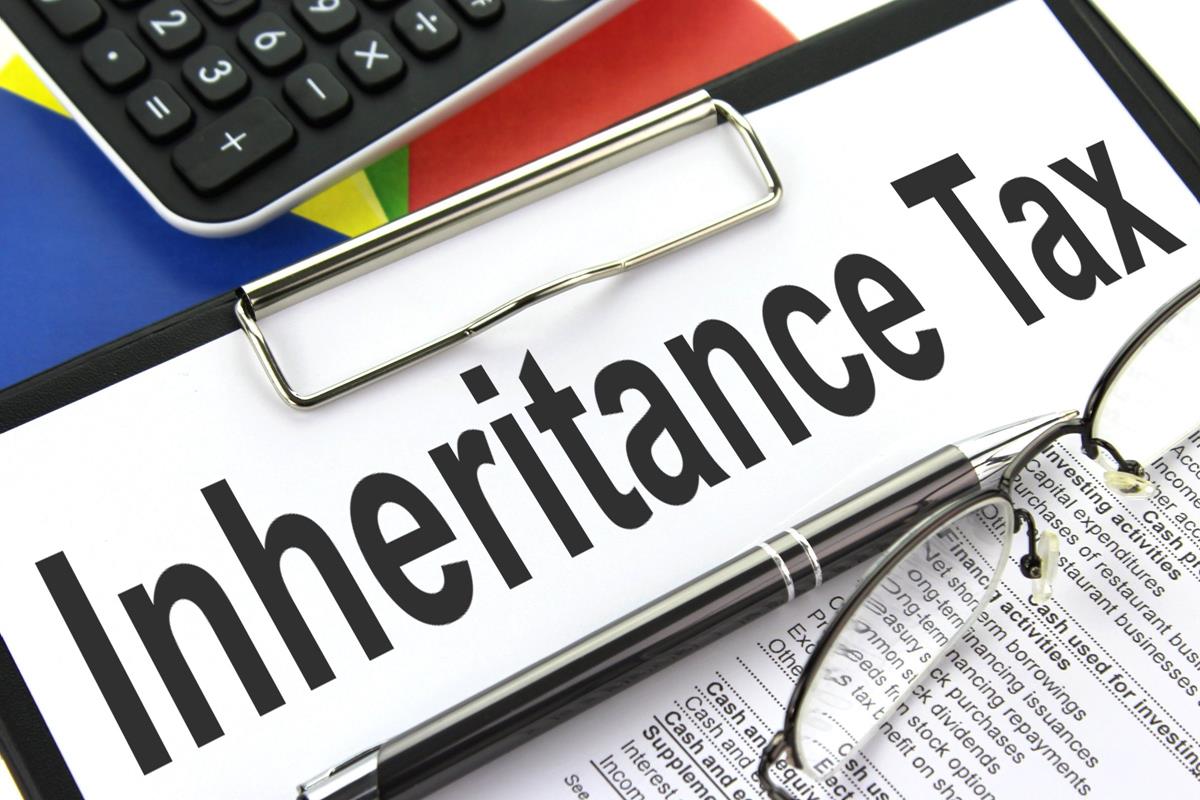Nearly one in 10 (9%) estates liable for inheritance tax (IHT) paid more than £500,000 in the latest available year of data, with the number expected to continue rising as pensions come into the scope of IHT.
A freedom of information request from Rathbones revealed that 2,520 of the 27,850 estates liable for IHT in 2021/22 (the most recent figures available) paid more than half a million pounds, a 29% increase over three years.
This included 890 estates that paid more than £1m in IHT, while 1,630 paid between £500,000 and £999,999.
Rathbones estimated that, if the growth continued at the same rate, 3,524 estates would pay more than £500,000 in IHT by the end of the current tax year (2025/26), based on an average increase of 8.74% each year.
Furthermore, with pensions set to be included in IHT calculations from April 2027, thousands more estates are expected to face new or increased IHT liabilities by 2030.
“More and more people will be caught out by IHT charges, despite the availability of gifting allowances and the seven-year rule,” commented Rathbones divisional lead of financial planning, Rebecca Williams.
“The deep freeze on both the main nil-rate band and the residence nil-rate band, unchanged since 2009 and 2017 respectively, has led to a creeping form of fiscal drag. As house prices and asset values have steadily risen, more estates are being brought into the IHT net simply because the thresholds haven’t kept pace with inflation.
“This issue is set to worsen from April 2027, when pension assets are brought into the fold and change could pull even modest estates into scope for IHT, making it increasingly vital for families to engage in effective financial planning. Without proactive steps, more estates will find themselves facing IHT bills they might not have anticipated.”
Additional research from Rathbones on the impact of the Government plans around IHT showed that 31% of people with pensions said they were discouraged from making further contributions to their pensions by the changes.
Almost two fifths (39%) said they would deposit the money in savings accounts instead, while 25% plan to invest in equity ISAs and 14% had already switched their focus to property investment.
“Parents and grandparents are increasingly aware of the IHT bill they might be leaving behind and many are looking for ways to support family and loved ones during their lifetimes instead,” Williams said.
“Conversations with clients show a real desire to help younger generations now – particularly with education and getting onto the property ladder – while safeguarding their own long-term financial security, and these changes add an extra layer of complexity to wrestle with.
“The Bank of Mum and Dad is under pressure, clients are walking a line between supporting children today, having enough for later life care tomorrow and not wanting to give the Treasury too much of their hard-earned wealth on death.”
Latest News
-
Nationwide fined £44m for financial crime control failings
-
Targeted support applications to open from March 2026
-
19 firms join forces to launch new retail investment campaign
-
Four in five bridging professionals confident about 2026 market outlook
-
GDP falls 0.1% month-on-month in October
-
Söderberg & Partners invests in UK group rockwealth
Perenna and the long-term fixed mortgage market

Content editor, Dan McGrath, spoke to head of product, proposition and distribution at Perenna, John Davison, to explore the long-term fixed mortgage market, the role that Perenna plays in this sector and the impact of the recent Autumn Budget
The role of the bridging market and technology usage in the industry
Content editor, Dan McGrath, sat down with chief operating officer at Black & White Bridging, Damien Druce, and head of development finance at Empire Global Finance, Pete Williams, to explore the role of the bridging sector, the role of AI across the industry and how the property market has fared in the Labour Government’s first year in office.
NEW BUILD IN FOCUS - NEW EPISODE OF THE MORTGAGE INSIDER PODCAST, OUT NOW

Figures from the National House-Building Council saw Q1 2025 register a 36% increase in new homes built across the UK compared with the same period last year, representing a striking development for the first-time buyer market. But with the higher cost of building, ongoing planning challenges and new and changing regulations, how sustainable is this growth? And what does it mean for brokers?
Does the North-South divide still exist in the UK housing market?

What do the most expensive parts of the country reveal about shifting demand? And why is the Manchester housing market now outperforming many southern counterparts?
In this episode of the Barclays Mortgage Insider Podcast, host Phil Spencer is joined by Lucian Cook, Head of Research at Savills, and Ross Jones, founder of Home Financial and Evolve Commercial Finance, to explore how regional trends are redefining the UK housing, mortgage and buy-to-let markets.
In this episode of the Barclays Mortgage Insider Podcast, host Phil Spencer is joined by Lucian Cook, Head of Research at Savills, and Ross Jones, founder of Home Financial and Evolve Commercial Finance, to explore how regional trends are redefining the UK housing, mortgage and buy-to-let markets.
© 2019 Perspective Publishing Privacy & Cookies











Recent Stories